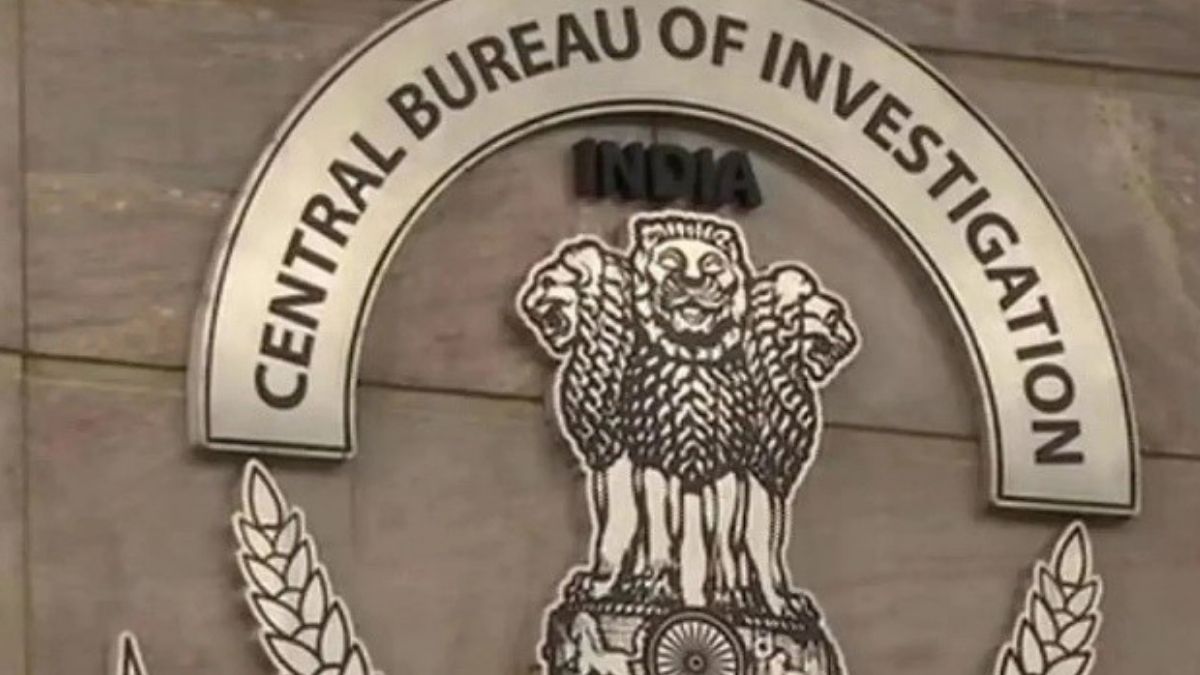The Central Bureau of Investigation (CBI), in collaboration with international agencies, has successfully dismantled cybercrime networks responsible for online child sexual exploitation. As part of Operation Hawk 2025, launched following inputs from the US, the CBI registered cases against two accused individuals, Sheik Muizz Ahmed and Mukul Saini, who operated through popular social media platforms, targeting minors in the United States. The operation signifies a significant step in global efforts to combat cybercrimes related to child abuse, with a focus on swift international cooperation.
Why in News?
Operation Hawk 2025 has garnered widespread attention due to its significant impact on addressing online child sexual exploitation across international boundaries. This operation follows previous efforts, such as Operation Carbon in 2021 and Operation Megh Chakra in 2022, further strengthening India’s commitment to combating online child abuse and bringing perpetrators to justice.
Aim and Objectives
- Swift Action Against Online Child Sexual Abuse: The operation aims to disrupt and dismantle cybercrime networks exploiting minors through online platforms, such as Discord and Arisu.
- International Cooperation: The operation highlights the importance of transnational law enforcement coordination, with inputs and assistance from international bodies such as the US.
Background
- Operation Hawk 2025 is part of the CBI’s ongoing efforts to combat online child sexual exploitation cases with international linkages.
- Prior to this, the CBI had launched Operation Carbon (2021) and Operation Megh Chakra (2022), which focused on identifying and apprehending suspects involved in similar crimes across different jurisdictions.
- The initiative stems from a global recognition of the rising threat posed by cybercriminals who exploit minors online, particularly via social media platforms.
The Case
Sheik Muizz Ahmed (Mangaluru)
- Charged with inducing a minor girl from the US to engage in sexual chats and share explicit content via Discord.
- Ahmed used intimidation tactics to coerce the victim into participating in online sexual activities.
- Devices seized during raids included mobile phones and laptops containing Child Sexual Abuse Material (CSAM).
- He was arrested and is currently in judicial custody.
Mukul Saini (Delhi)
- Saini similarly exploited a minor girl from the US using Discord and Arisu platforms.
- He coerced the victim into sharing obscene images under threat of making them viral on the internet.
- Searches led to the recovery of electronic devices with incriminating digital evidence.
Significance and Global Impact
- Operation Hawk 2025 underscores the ongoing battle against cyber-enabled child sexual exploitation.
- The operation’s success is an important reminder of the necessity for global cooperation in law enforcement.
- The CBI’s swift actions reflect India’s dedication to tackling online crimes and ensuring child protection worldwide.
| Summary/Static | Details |
| Why in the news? | Operation Hawk 2025: CBI Cracks Down on Online Child Sexual Exploitation Networks |
| Operation Name | Operation Hawk 2025 |
| Primary Agency | Central Bureau of Investigation (CBI) |
| Target | Online child sexual exploitation networks |
| Platforms Used | Discord, Arisu |
| Key Charges | Child sexual abuse material, online exploitation, intimidation |
| Previous Operations | Operation Carbon (2021), Operation Megh Chakra (2022) |
| Significance | A breakthrough in international law enforcement collaboration to combat online exploitation |




 Cabinet Nod to Atomic Energy Bill Unlock...
Cabinet Nod to Atomic Energy Bill Unlock...
 Insurance Amendment Bill 2025: Cabinet A...
Insurance Amendment Bill 2025: Cabinet A...
 Government to Rename MGNREGA, Hikes Job ...
Government to Rename MGNREGA, Hikes Job ...







